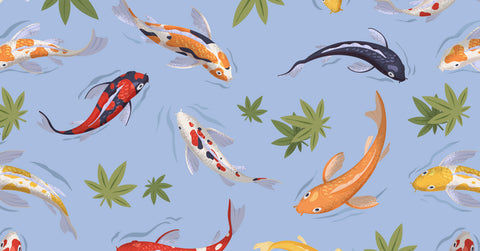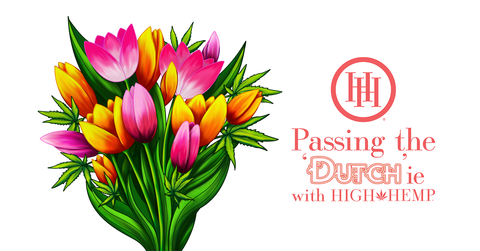As cannabis reformation, decriminalization and regulations are becoming more commonplace for everyday use; it’s a good reminder to us all that using cannabis wasn’t considered a taboo long ago. More importantly, The history of cannabis and hemp is widely considered to have stemmed from Asia. Numerous archeologists have unveiled the level of dependency this plant had in those functioning societies; it was uncommon to find hemp anywhere during that time period, dating back to the prehistoric Jomon period (10,000 BC - 30 BC) in Japan.
During these excavations, archaeologists have found cave paintings with very apparent cannabis plants (featuring their tall stems, and distinguishable leaves). Additionally, in those days basically everything was derived from the cannabis-sativa plant. Sativa, notable for its strong fibers; the hemp was used in everything from extreme weather clothing to bow strings.
Much like in today’s society, cannabis was also used extensively for medicinal purposes. In 2727 BC, Pen Ts’aso Ching - the world’s earliest form of literature on pharmacopeia, had recognized medicinal cannabis for its therapeutic qualities and for helping treat an array of ailments. However, much like in the USA, hemp in Asia today is often stigmatized for being associated with narcotics despite the benefits that have traditionally been synonymous with Asian culture. Despite the long history of hemp usage, the government appears to have been swayed by the US's attitude towards cannabis after the second World War. While some US states are legalizing ‘soft drugs’, Japan and other parts of Asia remain committed to continue to ban all drugs. However, the demand for hemp based products continues to grow in Asia and business owners are taking notice by importing hemp based goods from the US and Canada, championing the flag to reject modern stigmas in favor of cultural traditionalism. Celebrate tradition and roll up a hemp wrap today!



Comments (0)
There are no comments for this article. Be the first one to leave a message!